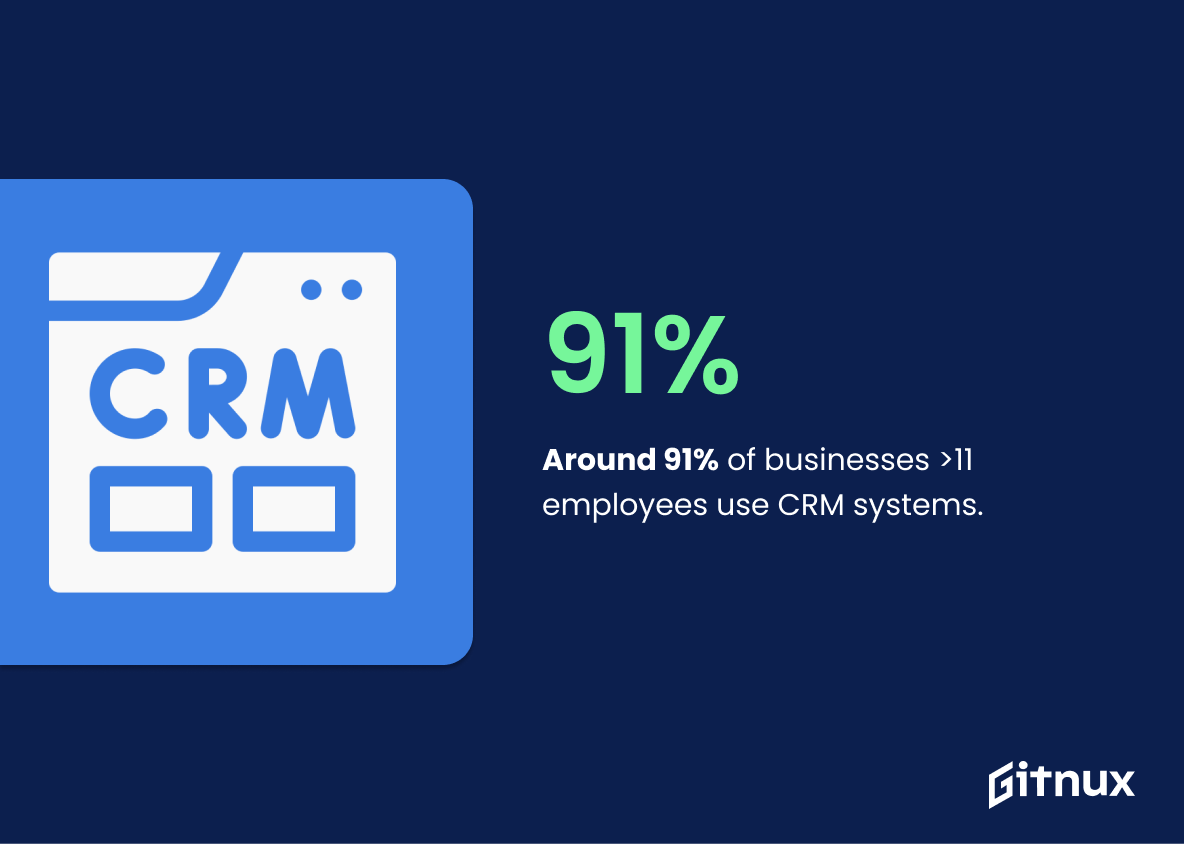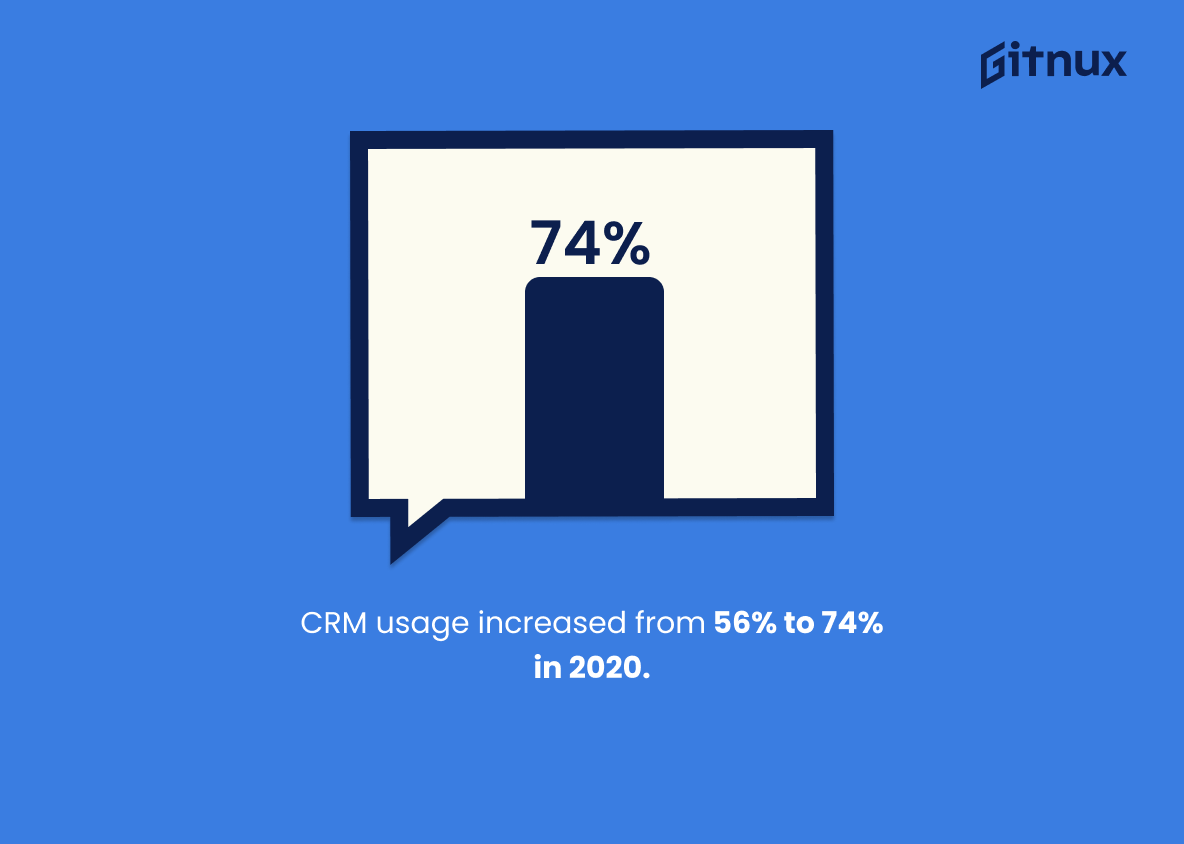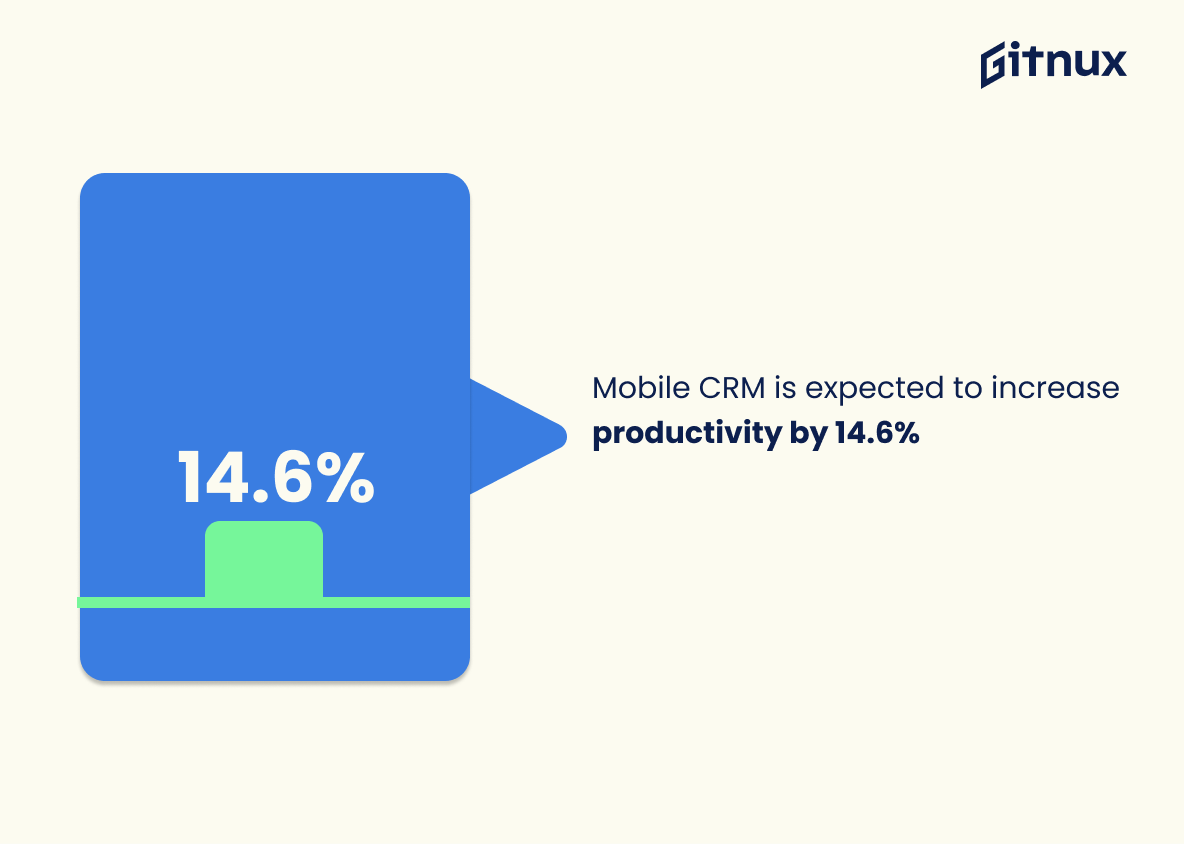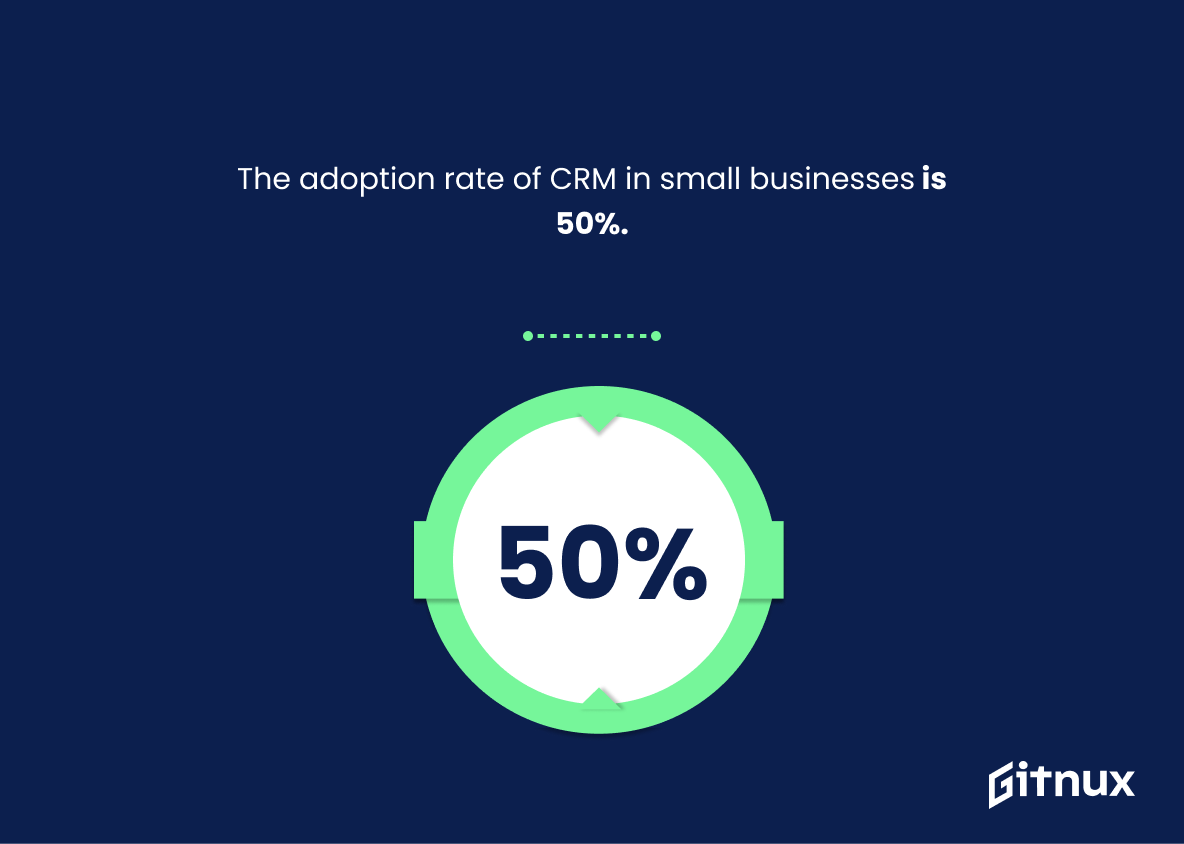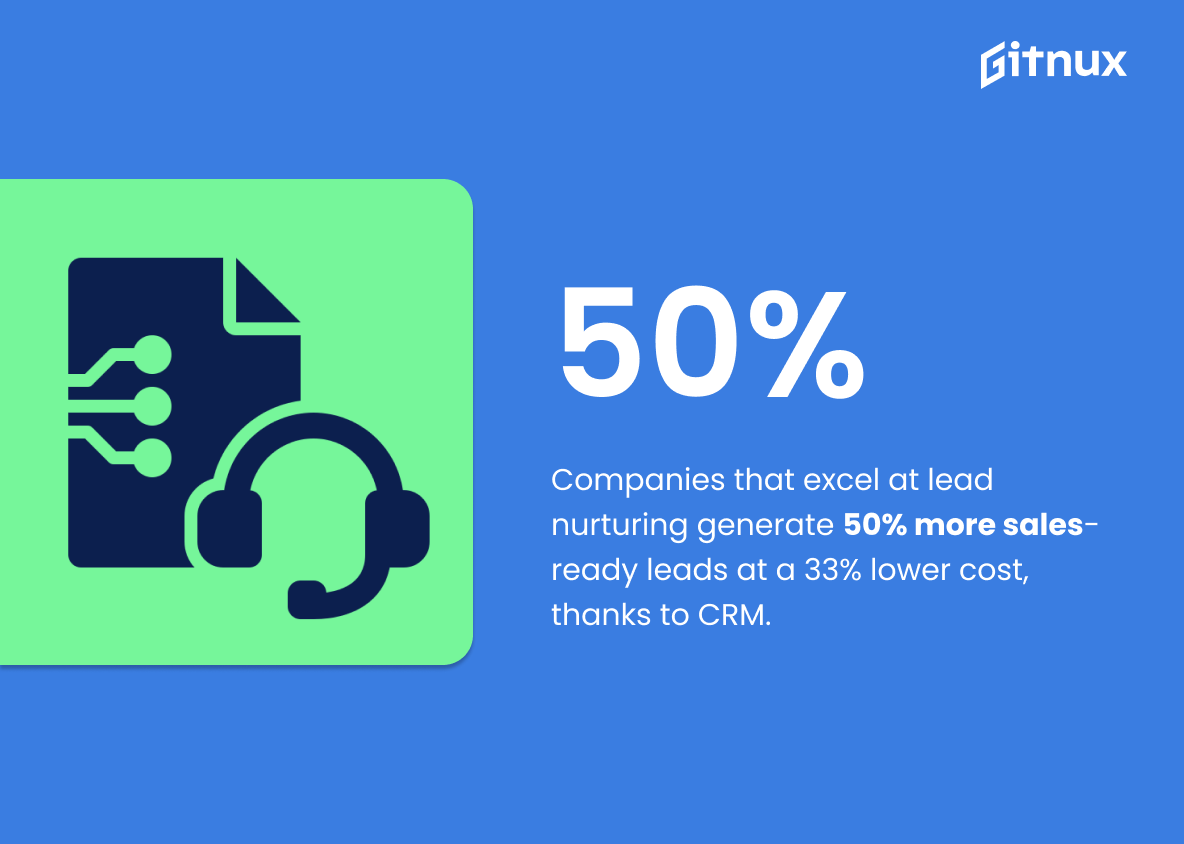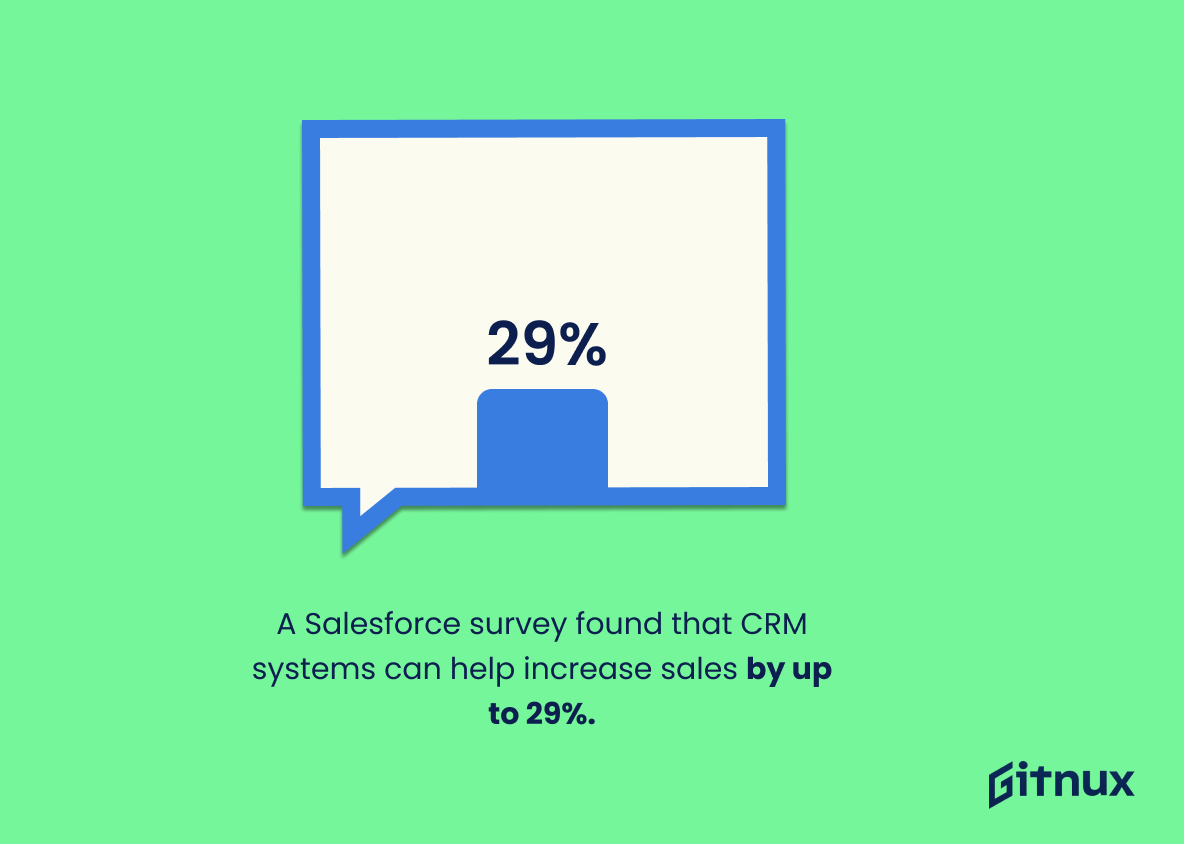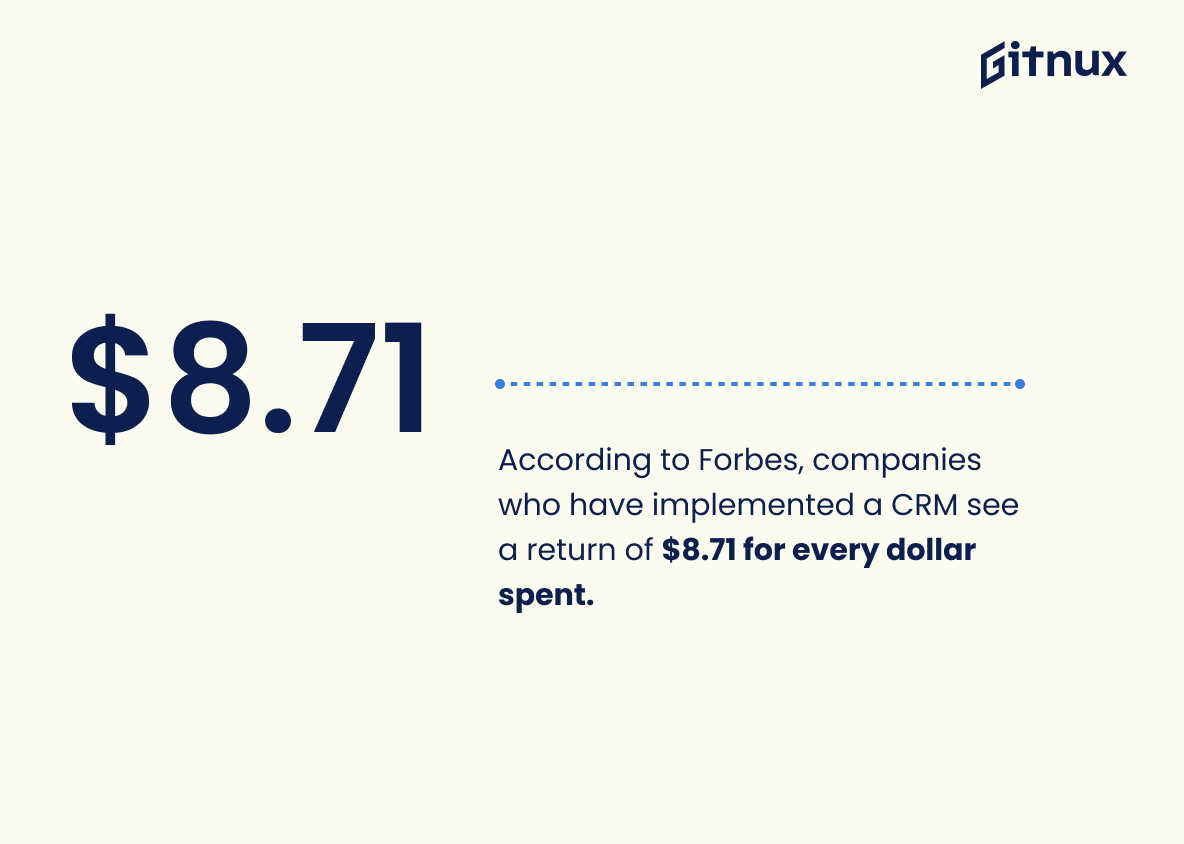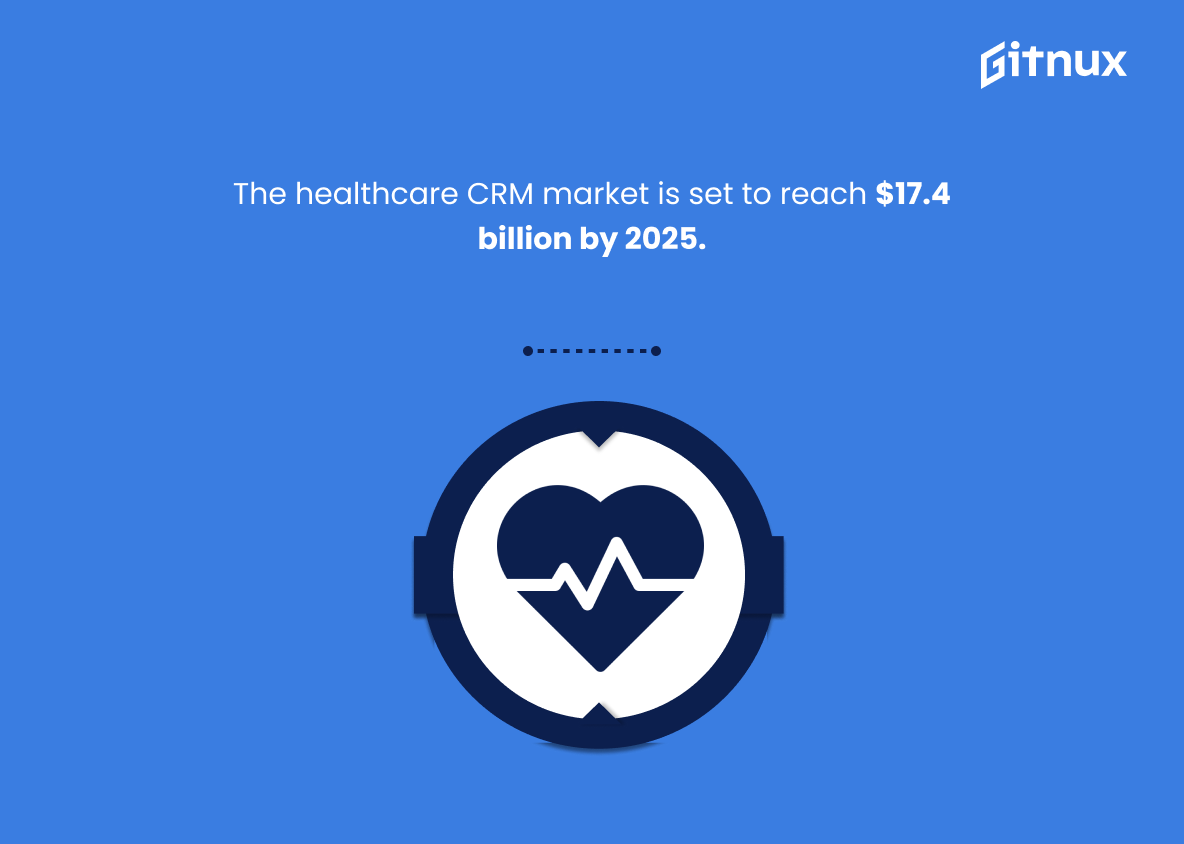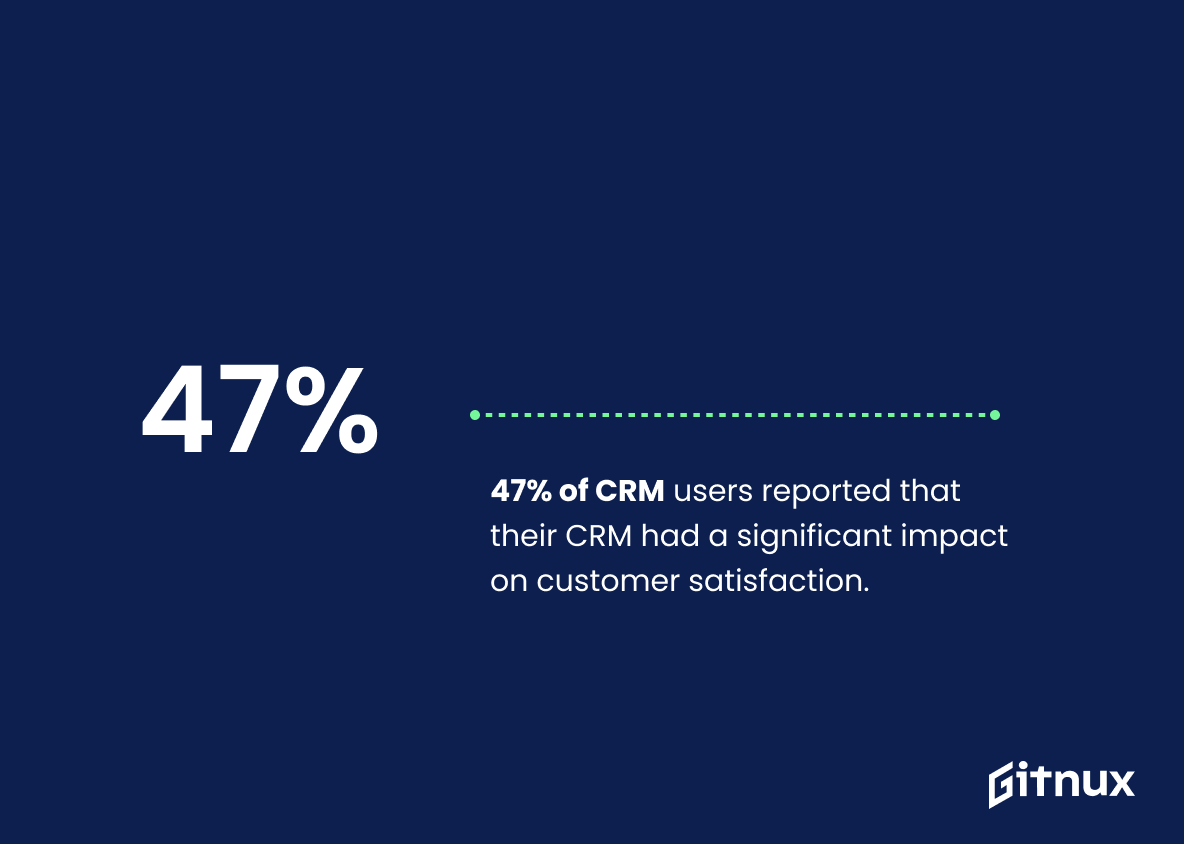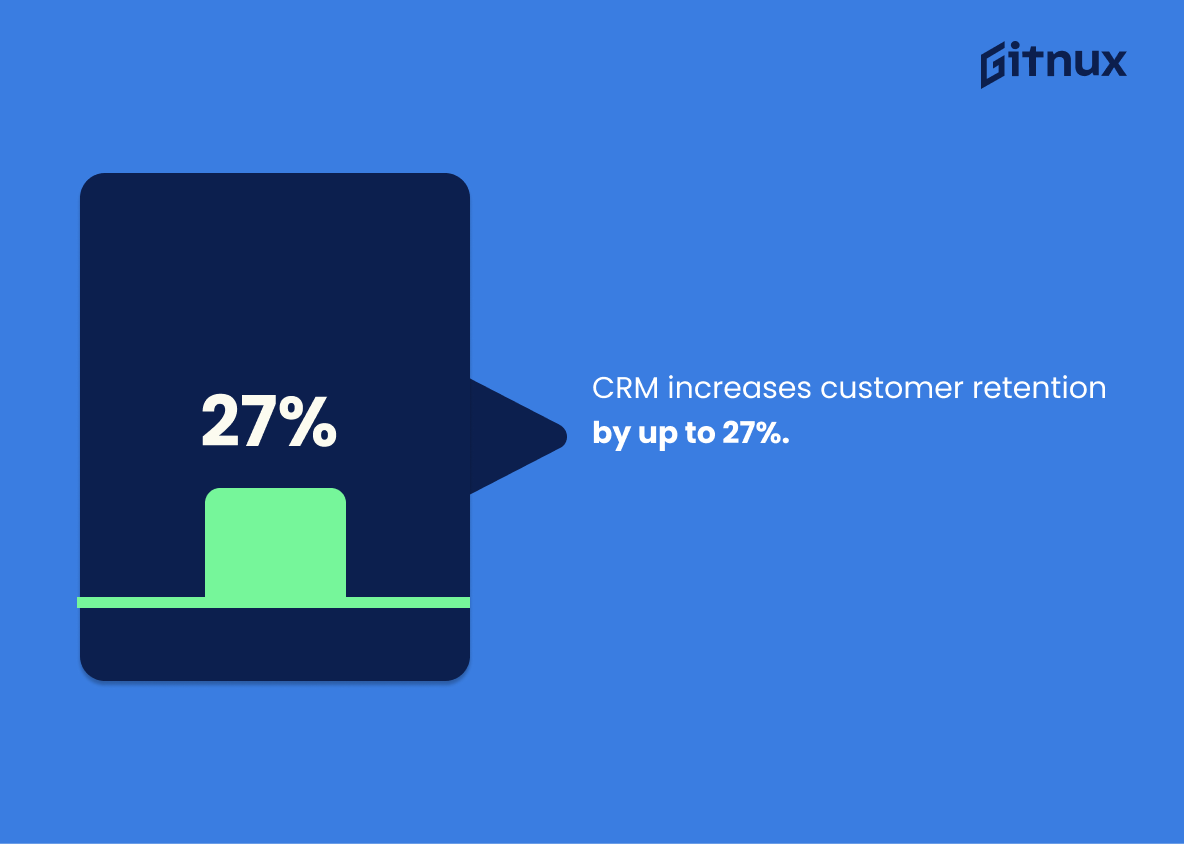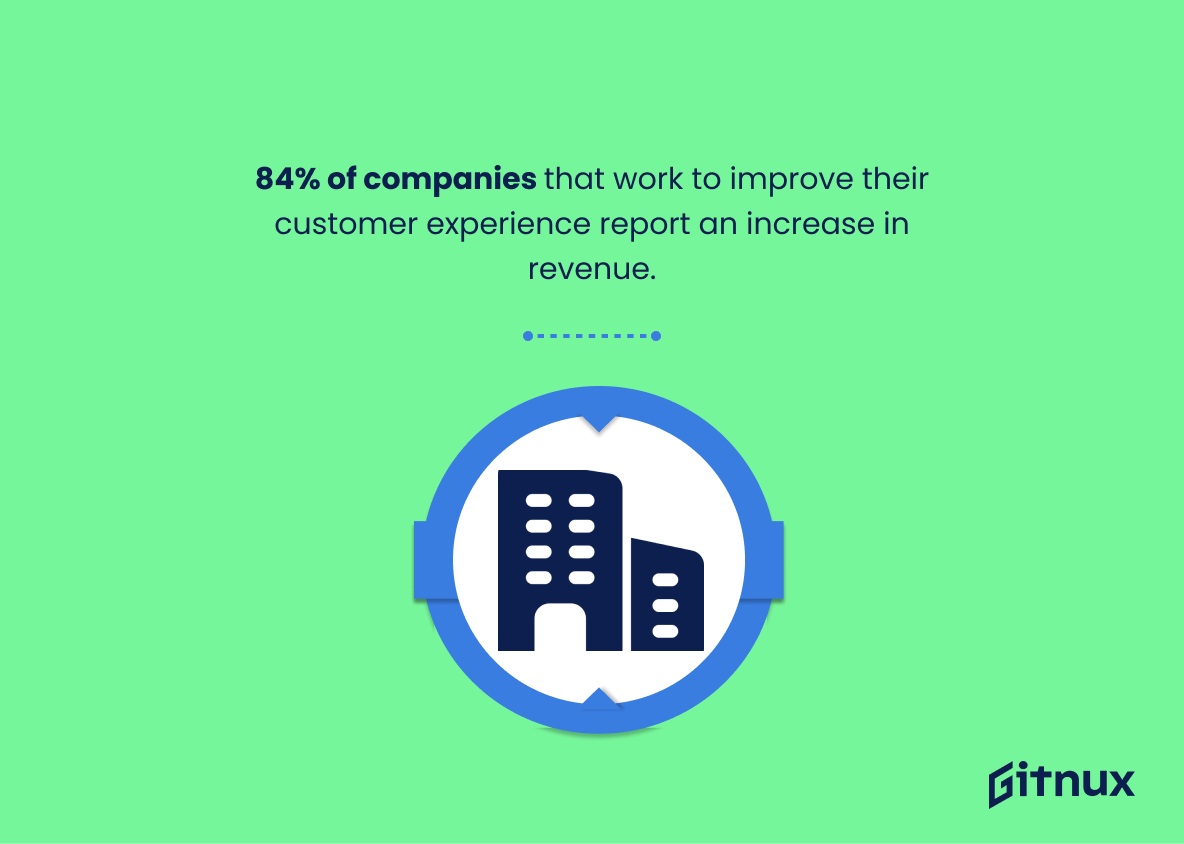In the ever-evolving world of business, understanding your customers’ needs and behaviors is crucial for success. Customer Relationship Management, or CRM, is the cornerstone of this understanding, providing invaluable insights and tools to forge stronger customer relationships. In our latest blog, we delve into the critical world of CRM statistics, offering a comprehensive analytical overview to help you navigate and leverage this powerful tool. Whether you’re an established business or a start-up, a thorough appreciation of these statistics could make all the difference in your customer engagement strategy. Join us as we unravel the numbers behind the strategy and highlight the immense potential of CRM in contemporary business.
The Latest Crm Statistics Unveiled
Approximately 91% of businesses with over 11 employees use customer relationship management (CRM) systems.
Immersing ourselves into the insights offered by this statistic, it paints a vivid picture of how integral CRM systems have become in modern businesses, especially larger ones with more than eleven employees. It showcases an undeniable trend of reliance on these platforms to manage customer interactions and information meticulously. In the ever-evolving digital landscape, a whopping 91% gravitation towards CRM systems by these businesses signals their crucial role in ensuring enhanced customer service, streamlined operations and increased profitability. This tantalizing tale of CRM dominance in the business world thus adds a compelling layer of depth and relevance to our discussion here about CRM statistics.
CRM usage increased from 56% to 74% in 2020.
Witnessing a surge from 56% to 74% in CRM usage in the course of 2020, paints an enlightening picture of the digital shift and adaptation in business operations. This striking jump, in the arena of CRM statistics, spotlights the increasing reliance on CRM tools, illuminating its pivotal role in nurturing customer relationships and optimizing business strategies. This data, therefore, forms a cornerstone in conveying the indispensable utility of CRM systems in a digitally intensified era, a fact that will enrich the readers’ understanding in a blog post about CRM statistics.
CRM software is now the biggest software market in the world and the growth isn’t slowing down with a projected growth to $80 billion in revenues by 2025.
When weaving the narrative around CRM statistics, this prominent figure – a projected growth to $80 billion in revenues by 2025 – becomes the pulsating heart of our story. It unequivocally echoes the importance of understanding CRM software’s vast economic impact and the industry’s rapid growth trajectory. The statistic lives, breathes, and bursts with significant implications not only for stakeholders and investors, but for every enterprise seeking to strategically navigate their path in the thriving jungle of software markets. It reveals the reality of CRM software’s dominance in the global software market and forecasts a future even more interlaced with its technology. As such, seeing, understanding, and living this statistic is like owning the strategic map for tomorrow’s business success.
Mobile CRM is expected to increase productivity by 14.6%
In the grand scheme of CRM Statistics, the projected 14.6% productivity hike thanks to mobile CRM is a game changer. It’s like a welcoming dawn after a long night, promising improved efficiency and higher output for businesses globally. This hint of productivity revolution, courtesy of mobile CRM, shows its untapped potential. The statistic underlines the capability of mobile CRM, not just as another business accessory, but a powerful tool that could redefine customary work-methods, optimizing and expediting processes like never before. It’s a subtle nod to the future where productivity is intertwined with technological advancements – now, isn’t that one heck of a statistic?
The adoption rate of CRM in small businesses is 50%.
Delving into the compelling landscape of CRM adoption, one cannot omit this intriguing facet – a solid 50% of small businesses are leveraging the power of CRM systems. Narrating the story of technological evolution in business practices, this remarkable metric offers a snapshot into the blend of tradition and modernity. Small businesses, often seen as the torchbearers of conventional approaches, are now challenging this stereotype by demonstrating adaptability.
Equally impactful on two counts, the 50% adoption rate shows us not only the road half traveled but also the potential journey ahead. It invites the reader’s attention towards the progressive half of small businesses harnessing CRM’s capabilities, using data-driven mechanisms to enhance customer relationships, boost sales, and streamline operations.
On the other side of the coin, it subtly punctuates the untapped potential inherent in the other half – a significant portion of small businesses still untouched by the CRM wave. Considering the vast operational benefits they can unveil, this statistic serves as a nudge for those on the fence about CRM adoption.
Incorporating this in a blog post about CRM statistics would provide a well-rounded, comprehensive viewpoint, connecting the dots between data and real-world business transformation. This statistic ultimately feeds into a broader discourse about rising tech adoption, industry readiness, and future growth trajectories within the small business ecosystem.
Companies that excel at lead nurturing generate 50% more sales-ready leads at a 33% lower cost, thanks to CRM.
Delving into the realm of CRM statistics, an intriguing data point emerges. Companies superb at nurturing their leads foster a 50% increased generation of sales-ready leads and this at an astonishingly 33% reduced cost. In the landscape of a blog post focusing on CRM statistics, this depiction serves as a testament to the immense potency of effective CRM usage. It perfectly illuminates the potential these tools hold: a remarkable ROI and a bountiful surge in sales-ready leads. Therefore, it provides compelling evidence for businesses to invest in CRM systems, uncovering the opportunities that lay hidden in optimized customer relationship management – a fertile field of more leads at a significantly slashed cost.
A Salesforce survey found that CRM systems can help increase sales by up to 29%.
Illuminating the impact of CRM systems on boosting sales, a Salesforce survey underscores a staggering upswing by up to 29%. In the landscape of a blog post dissecting CRM statistics, this finding punctuates the crux of how influential these systems are. It’s not just a random number floating in the cyberspace, but an insight compelling the audience to grasp the radical transformation that CRM systems could bring about in their sales growth. This essential statistic, therefore, serves as a powerful lighthouse guiding organizations in their quest to optimise operations and magnifying their sales horizons.
According to Forbes, companies who have implemented a CRM see a return of $8.71 for every dollar spent.
In the intricately woven tapestry of CRM statistics, one figure vividly stands out in Forbes’ research: businesses reportedly garner $8.71 for every dollar injected into CRM implementation. This captivating piece of data breathes life into the economic rationale for incorporating CRM into business strategy, painting a picture as eye-catching as an 8-fold return on investment. Imagine pouring a single dollar into a magic box only to witness almost nine dollars pour out. This resounding affirmation from Forbes not only underscores the financial viability of CRM, but also catapults it into the realm of a strategic business necessity. Just as a compass helps a lost traveler, this statistic guides business decision making, pointing directly towards CRM as a route to impressive economic growth.
Microsoft Dynamics has seen its customer base increase by 40% YoY.
In a realm ruled by data, the striking revelation of Microsoft Dynamics amplifying its customer base by an impressive 40% YoY, beautifully highlights the changing tides in the world of CRM. This data point not only underscores Microsoft Dynamics’ robust presence in the CRM universe, but also encapsulates its growing popularity. It portrays a vivid picture of market trends, consumer preferences and evolving tech inclinations that readers of a CRM statistics blog would find valuable. Ultimately, it serves as a spotlight on the CRM industry, showcasing the potential growth opportunities, and backing the claim that Microsoft Dynamics is a force to reckon with in this space.
The healthcare CRM market is set to reach $17.4 billion by 2025.
The compelling rise in the projected worth of the healthcare CRM market to an astounding $17.4 billion by 2025, widens the horizons for opportunities related to customer relationship management system developments. Highlighting this grand leap, in a blog post about CRM Statistics, reflects the escalating importance of these platforms in the healthcare industry and their significant potential for growth and profitability. It provides a clear signpost for investors and innovators guiding them towards an aspect of the business sector which promises to deliver substantial returns. In a dynamic sector like healthcare, it indicates the transformational power of technology in enhancing customer relationships and thereby improving value proposition.
According to Capterra, 65% of sales representatives who adopted a mobile CRM achieved their sales targets.
Delving into the realm of CRM statistics, the fact that 65% of sales representatives who embraced mobile CRM managed to meet their sales objectives is a pivotal piece of information. This statistic weaves a tale of success, indicating a strong link between the utilization of mobile CRM and effective sales performance. In the sprawling digital jungle where competitiveness prevails, this data can serve as a guiding star for organizations striving to enhance their sales efficacy. Harnessing the power of mobile CRM technology, as this percentage suggests, seems to be a promising move in the grand choreography of today’s sales landscape.
27% of companies said they are not fully realizing the benefits of CRM.
Delving into the world of CRM statistics, one might stumble upon an intriguing figure — a whole 27% of companies confess to not reaping the full benefits of their Customer Relationship Management strategies. This information unravels an intriguing mystery within the business world. Despite the prevalence and proven advantages of CRM, a significant portion of businesses still find themselves challenged to utilize it to its full potential. It brings to light the necessity for businesses to evaluate their CRM strategies to uncover underlying issues, be it in implementation, usage, or employee training. Moreover, it provokes thought on the need for more streamlined and user-friendly CRM systems in the market. Thus, this statistic serves as both a wake-up call and a catalyst for improvement within the evolving universe of CRM.
47% of CRM users reported that their CRM had a significant impact on customer satisfaction.
Diving into the sea of CRM statistics, an eye-catching pearl of data reveals that nearly half of the CRM users, precisely 47%, testify about their CRM wielding a sizeable influence on customer satisfaction. Like a compass guiding the mariners in the sea, this statistic navigates business executors to realize the potential of CRM tools not only in managing customer relationships but also empowering customer satisfaction. The number once again places its vote of confidence in CRM, as a significant chunk of its users claimed an uptick in customer satisfaction. Thus, for those sailing the entrepreneurial waters, this statistic serves as the North Star, illuminating the promising returns of CRM implementation on enhancing customer satisfaction.
CRM increases customer retention by up to 27%.
Delving into the realm of CRM statistics, one cannot overlook the compelling fact that CRM surges customer retention rates by as much as 27%. In the bustling marketplace of today, businesses that effectively implement CRM systems are no longer merely surviving but thriving, as they keep a firm grasp on their existing clientele. A robust 27% increase signals more than a quarter rise in customers choosing to remain loyal to the businesses. This impressive figure, therefore, brilliantly highlights the profound impact of CRM systems on fostering customer loyalty and crafting sustainable relationships. Ultimately, CRM’s potent retention power becomes a beacon of success in a world where customer retention is as crucial, if not more, than customer acquisition.
84% of companies that work to improve their customer experience report an increase in revenue.
Surveying the dynamic landscape of CRM (Customer Relationship Management), this intriguing statistic takes center stage. Commanding attention with an impressive 84% correlation, it reveals a thriving interplay between enhanced customer experience and burgeoning revenue growth. This figure becomes the pulse of our discussion, allowing us to feel the heartbeat of successful ventures – a concentrated effort to advance customer interaction.
The statistic speaks volumes about the influence of customer satisfaction on the health of a business’s financial status. It elegantly uncovers the key role of effective CRM strategies in boosting the bottom line. By drawing our gaze to the tangible benefits of investment in customer-centric improvements, it underlines the importance of viewing CRM not just as a business tool, but as a pivotal player in corporate profitability.
So, as one deciphers the inexorable link woven by this statistic, the premium placed on customer experience gains gravity. From this perspective, one can not only envision the power of CRM solutions, but also appreciate their subsequent impact on a company’s revenue trajectory. The statistic, in essence, crafts an economic narrative for the potential of CRM to transform business outcomes.
Conclusion
In summary, CRM statistics provide significant insights into the rapidly evolving dynamics of customer relationship management. They highlight the indisputable role that CRM systems play in maximizing customer engagement, enhancing customer experiences, and driving business growth. Leveraging such systems is no longer just an option; it is a necessity in today’s customer-centric business environment. However, unlocking the full potential of CRM requires a strategic approach, one that aligns with your business objectives, customer expectations and technological advancements. In the end, the effective use of CRM can be a truly transformative factor for your business.
References
0. – https://www.www.superoffice.com
1. – https://www.www.prnewswire.com
2. – https://www.www.softwareadvice.com
3. – https://www.www.trackvia.com
4. – https://www.www.gartner.com
5. – https://www.financesonline.com
6. – https://www.www.forbes.com
7. – https://www.blog.capterra.com
8. – https://www.www.smallbizgenius.net
9. – https://www.www.mindtouch.com
10. – https://www.capsulecrm.com
11. – https://www.blog.invoiceberry.com
12. – https://www.www.salesforce.com
13. – https://www.www.nutshell.com
